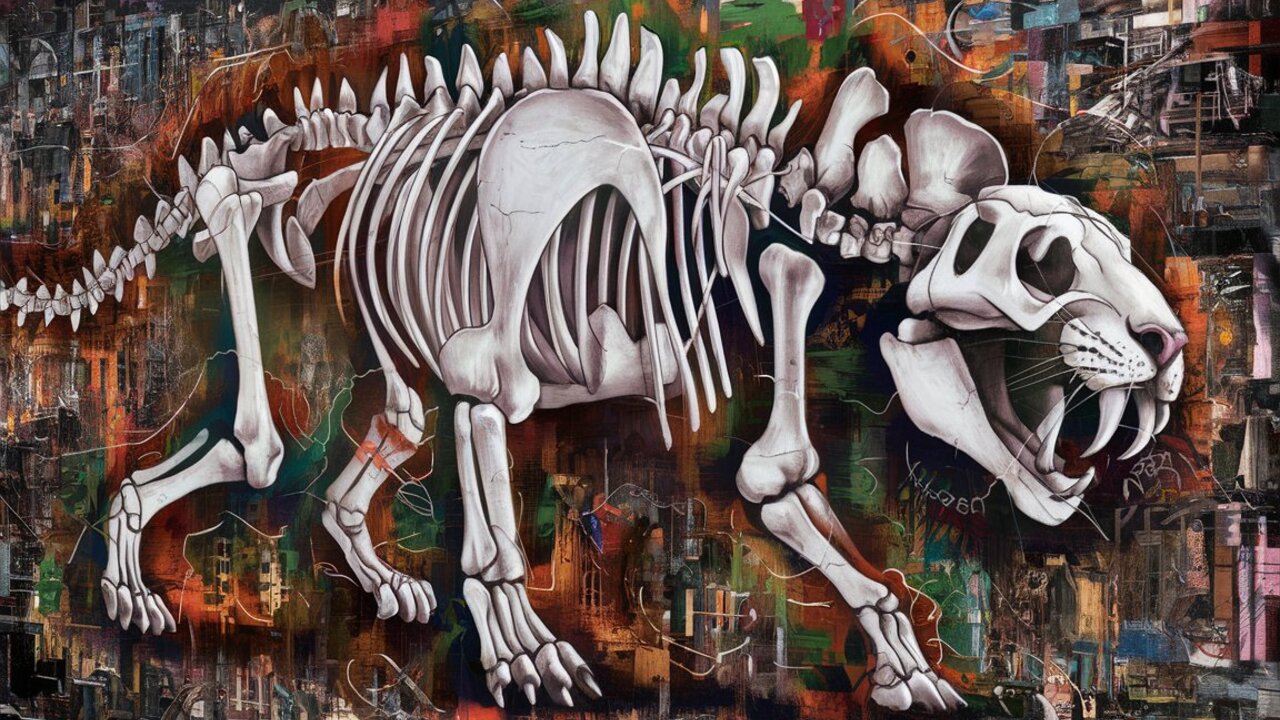The new ancestors discovered at the Riversleigh site date back to the late Oligocene, around 24 million years ago. The three species – B. timfaulkneri, Nimbacinus peterbridgei and Ngamalacinus nigelmarveni – were smaller than modern thylacines but displayed remarkable “dental adaptations” for eating hard prey.
Lead researcher Timothy Churchill, from the University of New South Wales, said the study was significant in challenging previous ideas about Australia’s ancient predators. “The fossil remains of these marsupial predators are changing our understanding of prehistoric ecosystems,” he said.
Among the fossils, N. peterbridgei appears to be the closest relative of the Tasmanian tiger, suggesting it may be its earliest direct ancestor. The thylacine, the largest carnivorous marsupial of its time, went extinct in the early 20th century.
Source: Ferra
I am a professional journalist and content creator with extensive experience writing for news websites. I currently work as an author at Gadget Onus, where I specialize in covering hot news topics. My written pieces have been published on some of the biggest media outlets around the world, including The Guardian and BBC News.











